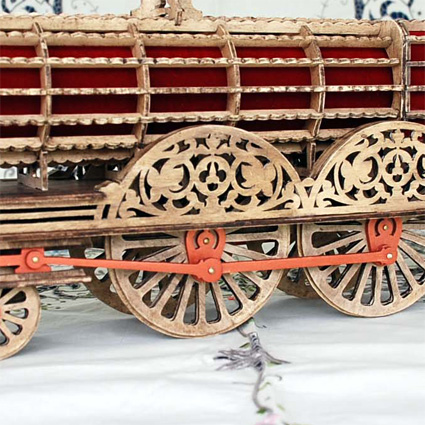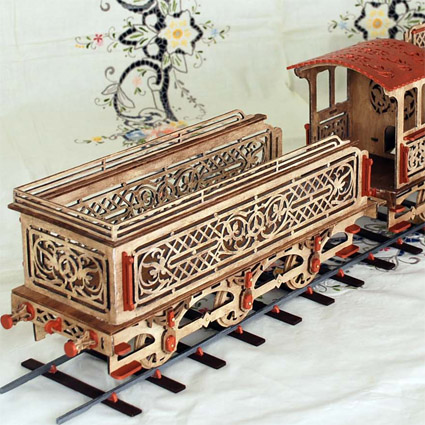
www.finescrollsaw.com
Victorian locomotive
 |
|
This is a pattern of an old English locomotive with a freight car. Its evocative design makes it unique and fascinating. Wherever you place it, it will become the center of attention. The whole train is ornamented with delicate fretwork. It has no special difficulties in its construction. Only the roof of the locomotive has to be made in a thin wood and glued carefully because it needs to be bent slightly. But besides minor details this project can be completed by any average scroller with patience enough. The model of the train can be made with just one freight car or two or more if desired. The patterns are a complete computer reconstruction of a very old English design. This picture has been kindly sent by Georges Schmitz from Luxembourg. |
The pattern is designed to make the locomotive with 1/8 inches wood (some pieces in 1/16 and 3/16 inches wood) or with 3 mm. wood (some pieces in 1,5 and 4,5 mm. wood), but of course it can be resized at will. This table gives the measures of the whole train depending on the wood thickness you use:
Please note that this pattern is registered and copyrighted. If you would like to have it I offer it for 22 € plus shipping. The pattern is computer made, which provides total precision, and nicely printed for convenient scrolling. Click here to buy this pattern. Write me to info@finescrollsaw.com for any questions. |
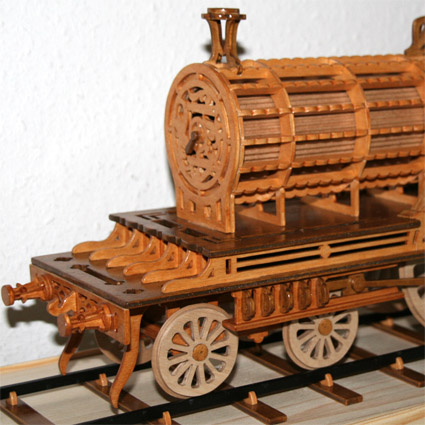 |
|
|
The impressive front view of the train. Picture by Georges Schmitz from Luxembourg. |
The detailed wheels system, with its axis, pistons and other mechanisms. Picture by Guillermo Morcillo from Castellón, Spain. |
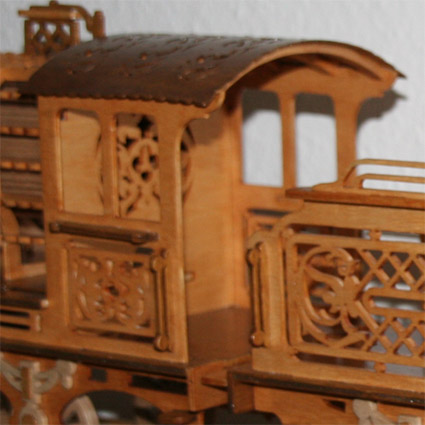 |
|
|
The driver's cabin. Observe the slightly bent roof. This piece requires the use of a thin wood. It is easily glued on four guide pieces. Picture by Georges Schmitz from Luxembourg. |
The beautiful freight wagon, where different knick knacks can be stored for decoration. Picture by Guillermo Morcillo from Castellón, Spain. |
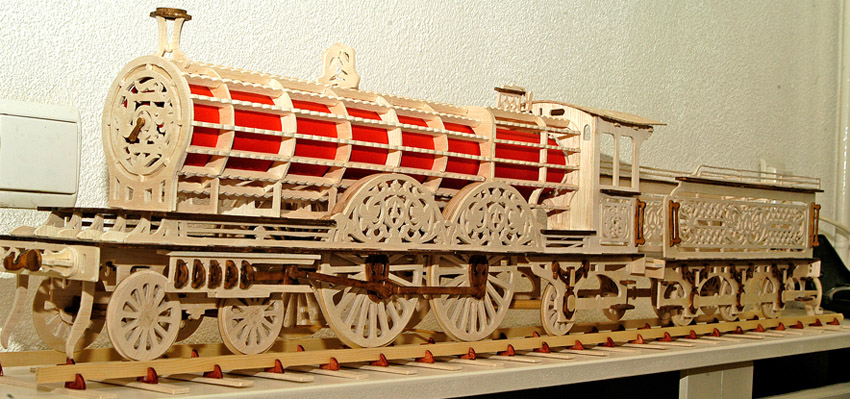 |
|
This picture has been kindly sent by Matien van der Els from the Netherlands: ¨It was really fun to make it. I scrolled every part individually. That means that I did not do any stack-cutting. When I needed a certain part 4 times I scrolled it four times. For those who want to make the train I can tell that the drawings are very accurate, and easy to handle. However the assembling is a very time consuming thing. Due to the fact that most parts of the train are made of 1/8 inches (3 mm) plywood, the train gets its stiffness at the end of the assembling. When gluing the parts together you have to take time to let the glue get dry enough before mounting the next part. For my train I added some parts of thick (12mm) plywood to the bottom of the first and second floor of the locomotive. These parts are not visible, but they bring some extra stiffness to the construction. ¨ |
|
|
This picture has kindly been sent by Ester and Isaac Arditi from Israel. |
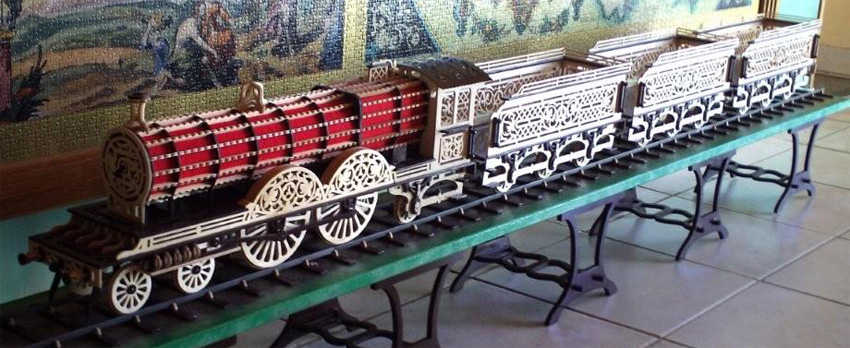 |
|
This picture has kindly been sent by Daniel Navarre from France. |
 |
|
These pictures have kindly been sent by Toon Jansen from the Netherlands. |
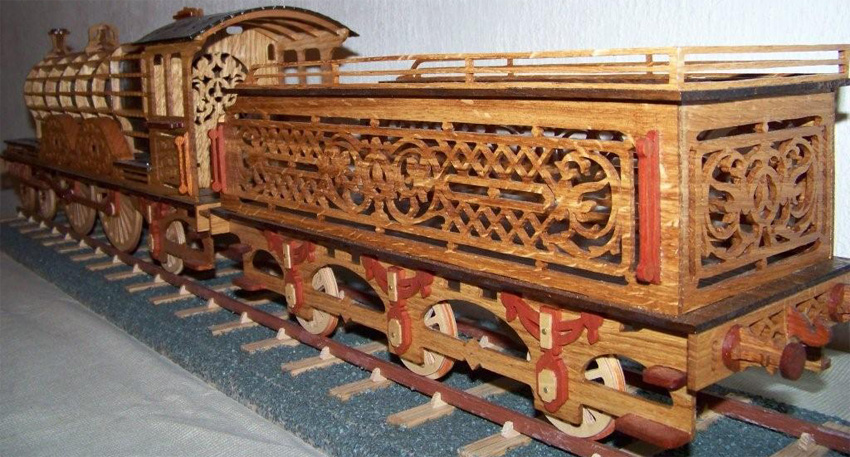 |
 |
|
This picture has kindly been sent by Sante Taglieri from Italy. |
 |
|
This picture has kindly been sent by Michel Susanne Demeester from Belgium. |
 |
|
This picture has kindly been sent by Matteo Gentile from Foggia, Italy. |
 |
|
This picture has kindly been sent by Antonio Valadés from Don Benito, Badajoz, Spain. |
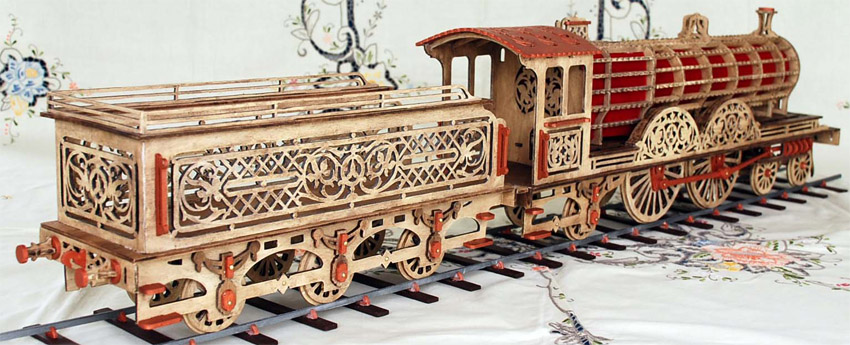 |
|
This picture has been sent by Guillermo Morcillo from Castellón, Spain. |
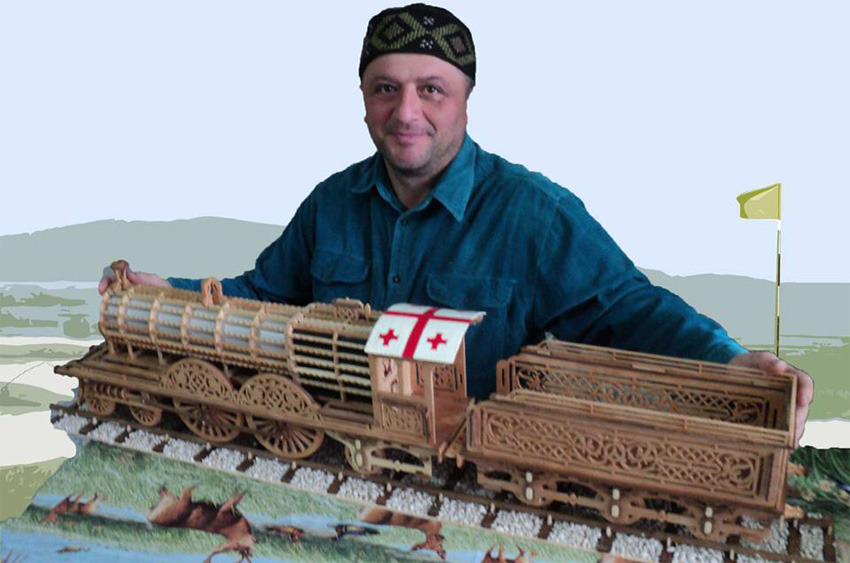 |
|
This picture has been kindly sent by Michael Despotashvili from Tbilisi, Georgia. |
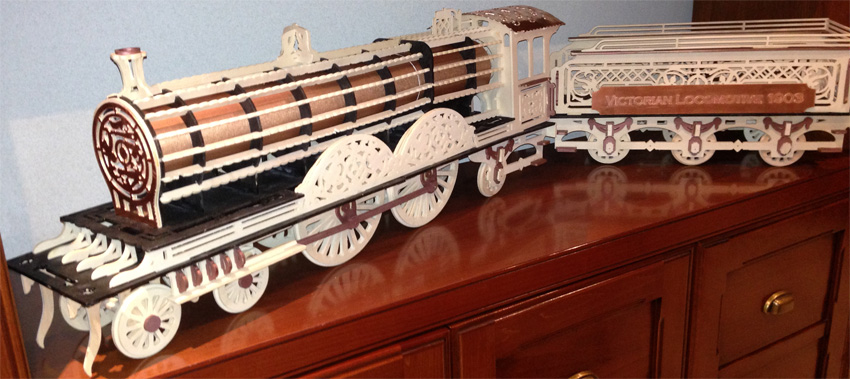 |
|
This picture has been kindly sent by Raffaele di Girolamo from Italy. |
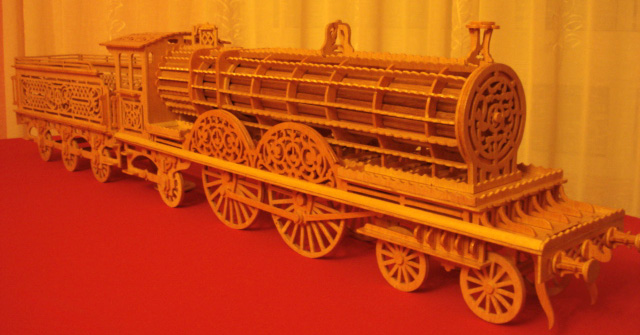 |
|
This picture has kindly been sent by Santiago Fernández from Burgos, Spain. |
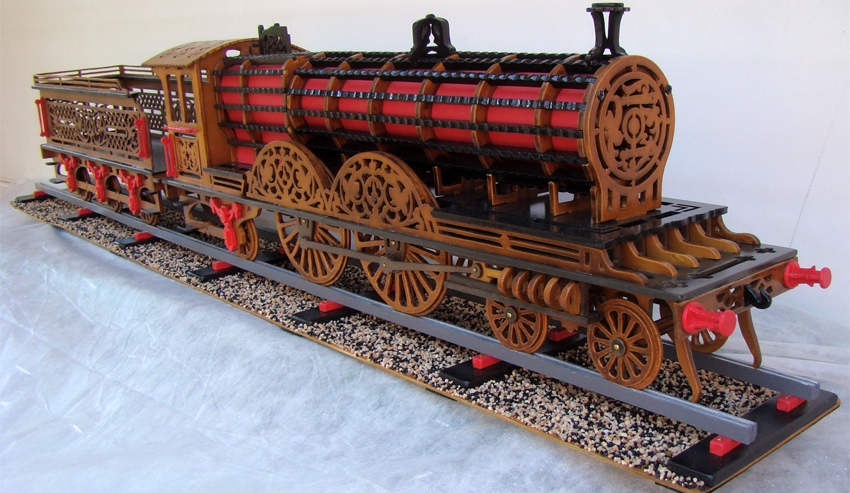 |
|
This picture has kindly been sent by Jose Rodrigo from Borriol, Castellón, Spain. |
 |
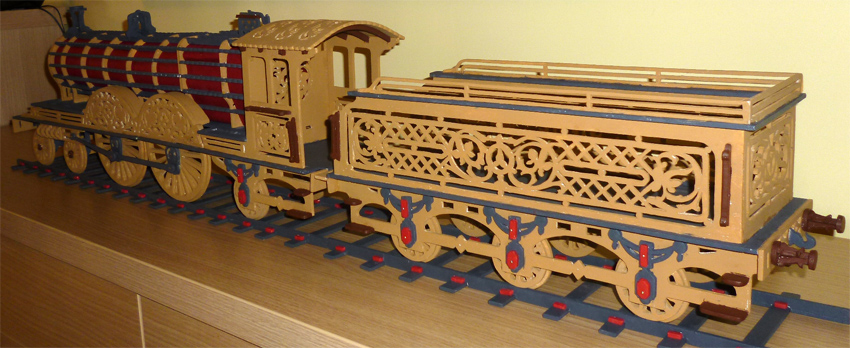 |
|
This picture has been sent by Alejandro Hernandez from Amposta, Tarragona. |
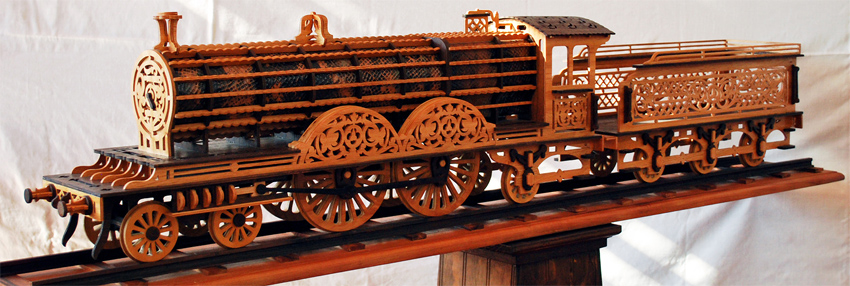 |
|
This picture has been sent by Francisco Calderón from Chile. |
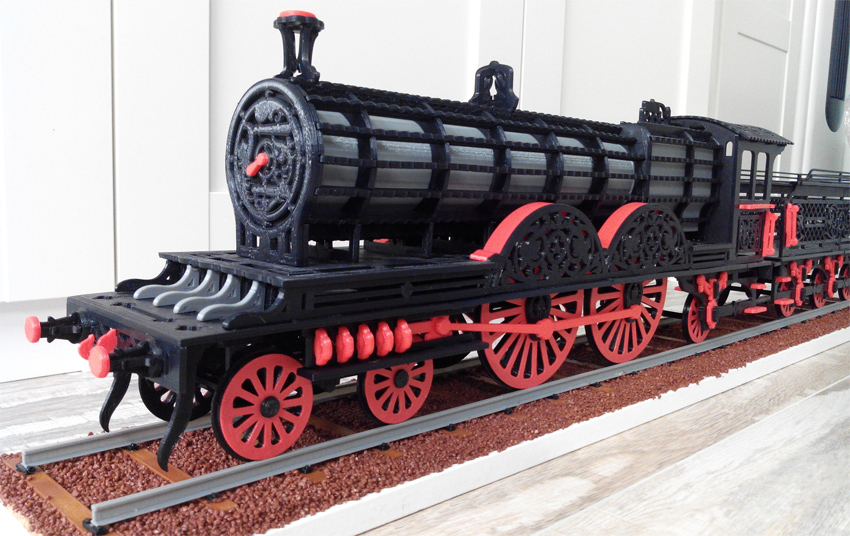 |
|
This picture has been sent by Mr. Fieulaine from France. |
 |
|
This picture has been sent by Gaston Varoqui from France. |
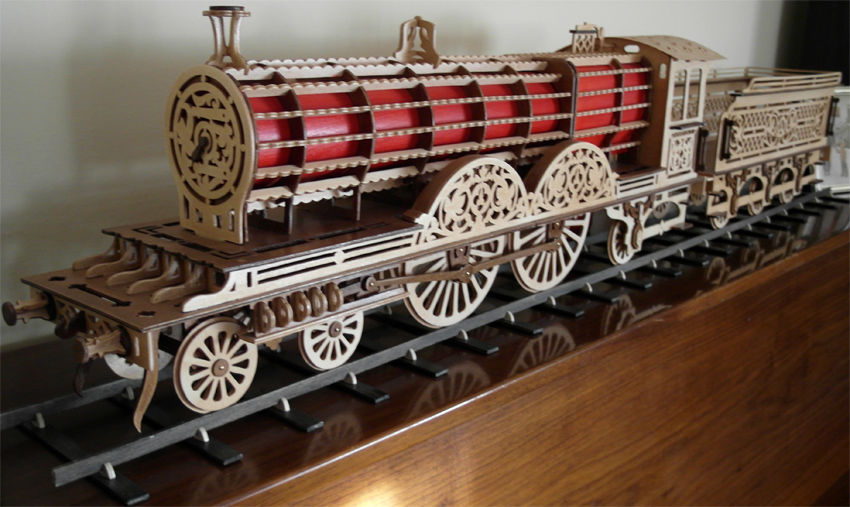 |
|
This picture has kindly been sent by Franco Girotto from Italy. |
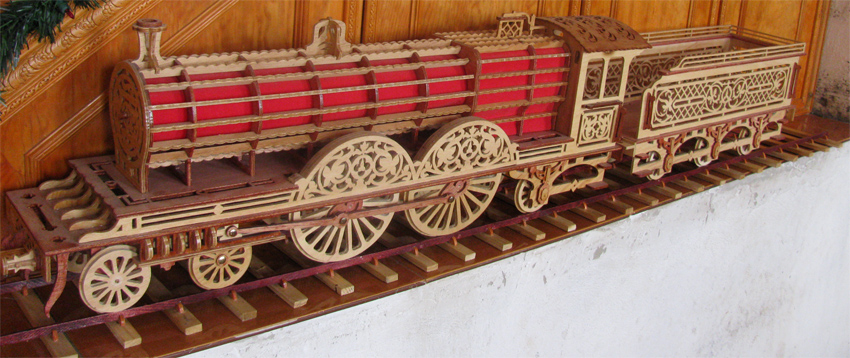 |
|
This picture has been sent by Raul Linares from Mexico. |
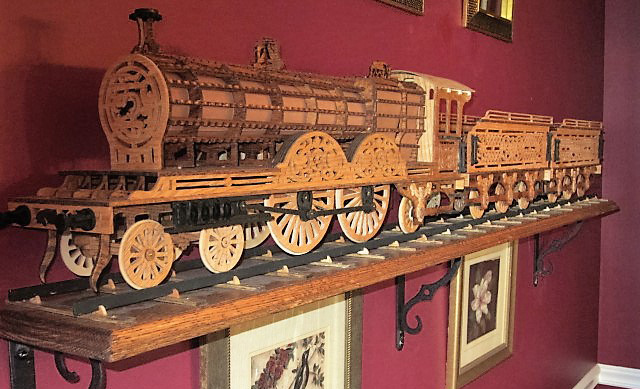 |
|
This picture has been sent by Philip Mills from the USA. |
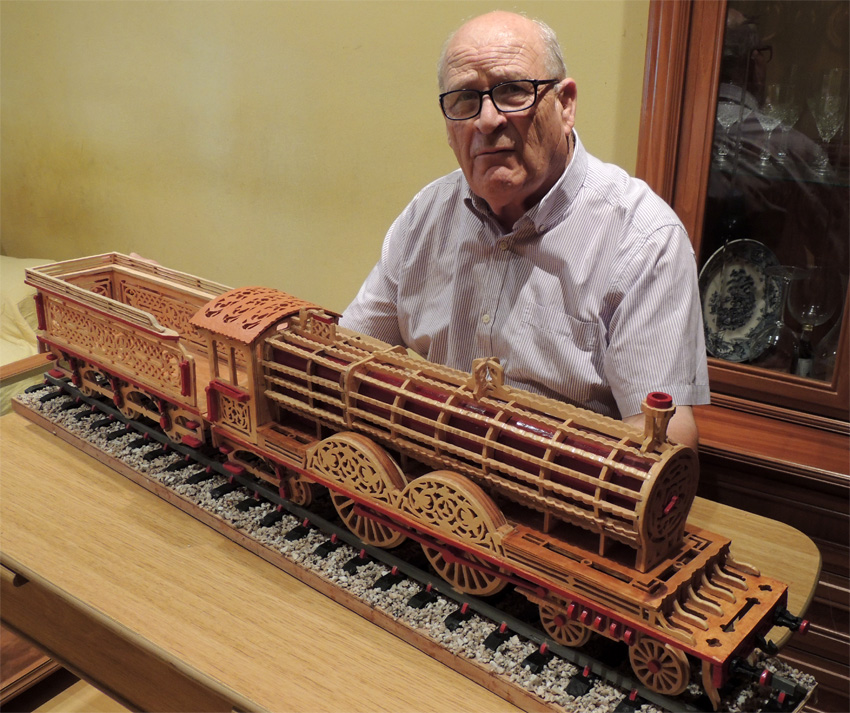 |
|
This picture has been sent by Bienvenido Real from Valladolid, Spain. |
 |
|
This picture has kindly been sent by Alessio di Bello from Italy. |
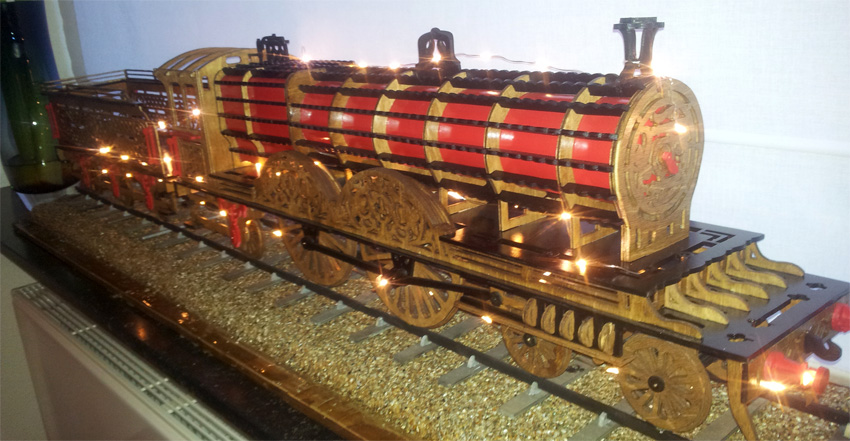 |
|
This picture has kindly been sent by Hans Roelof from The Netherlands. |
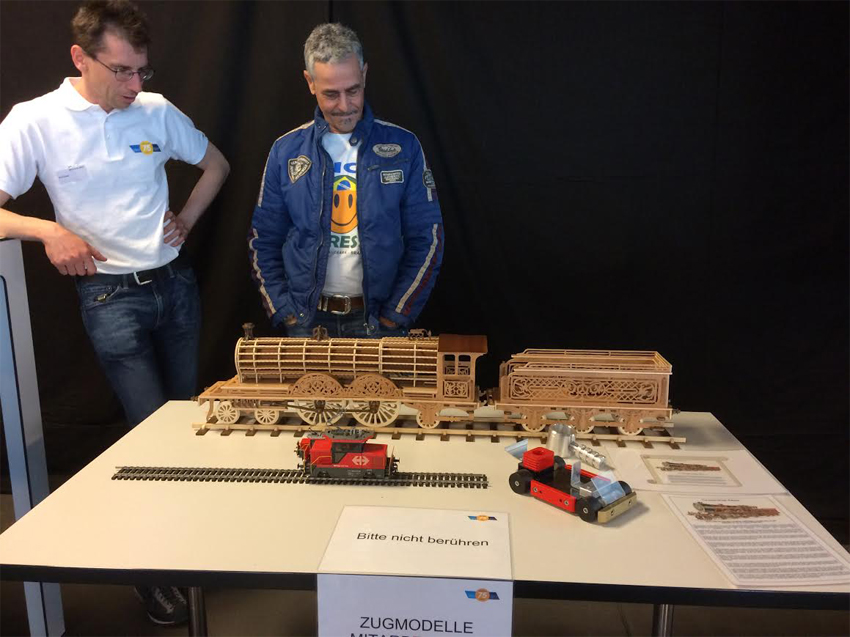 |
|
This picture has been kindly sent by Antonio Gervasi from Switzerland. |
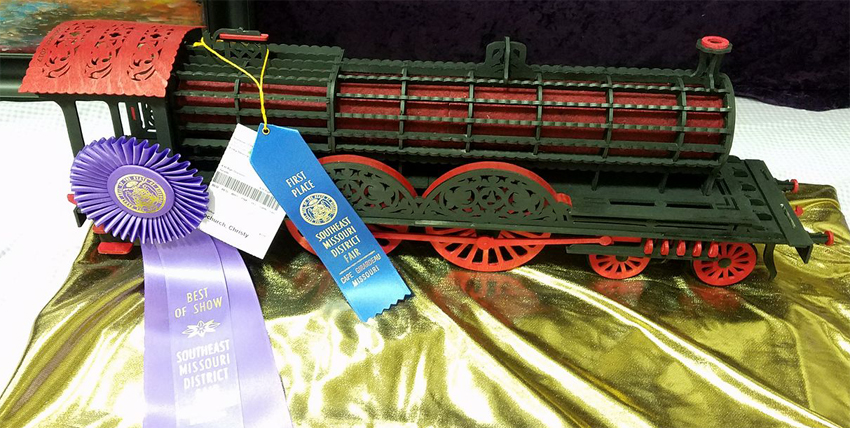 |
|
This picture has kindly been sent by Christy Upchurch from the USA. |
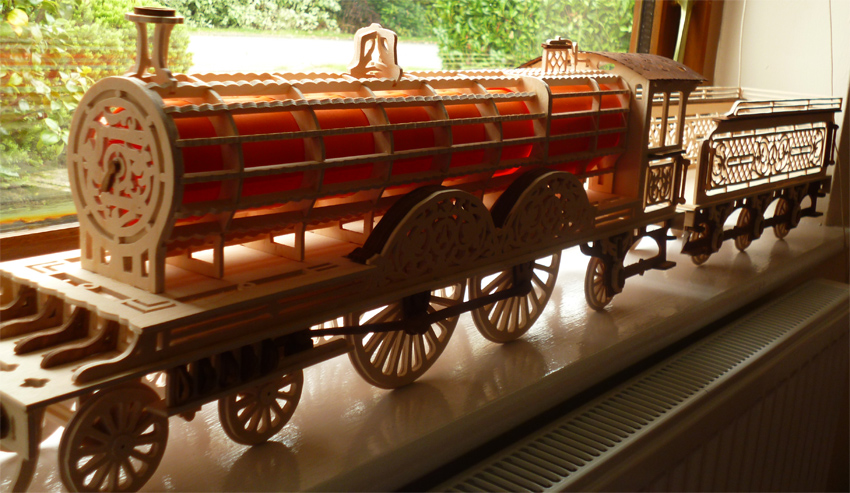 |
|
This picture has kindly been sent by Anthea Cammish from England. |
 |
|
This picture has kindly been sent by Gino Rigole from Belgium. |
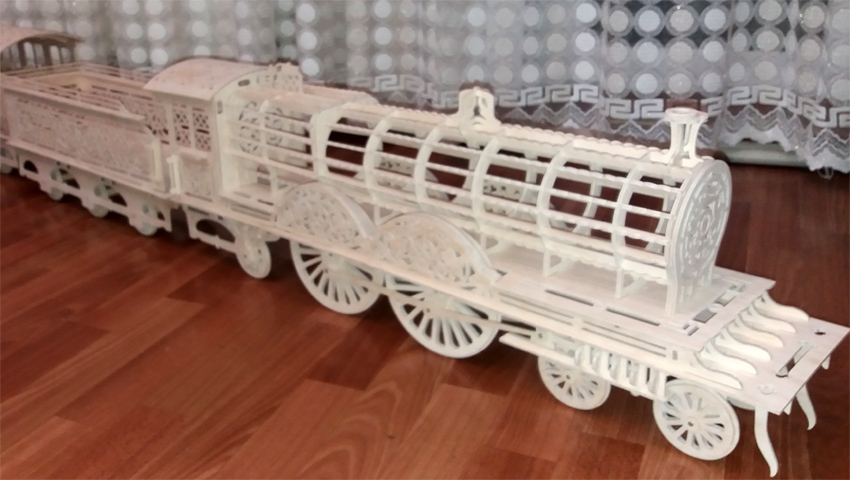 |
|
This picture has been sent by Pavel Markov from Ukraine. |
 |
|
This picture has been sent by Dave Scott from the UK. |
 |
|
This picture has kindly been sent by Gershon from Israel. |
 |
|
This picture has kindly been sent by from Puertollano, Spain. |
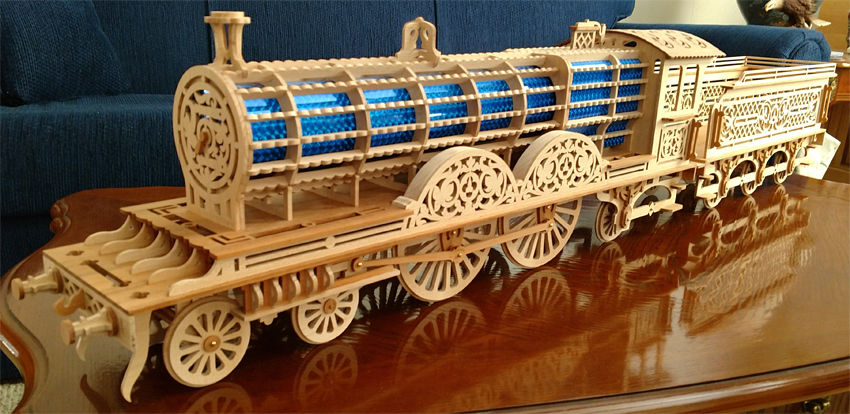 |
|
This picture has been kindly sent by Ken Ahrens from the USA. This model made is made using Goncalo Alves and Maple. |
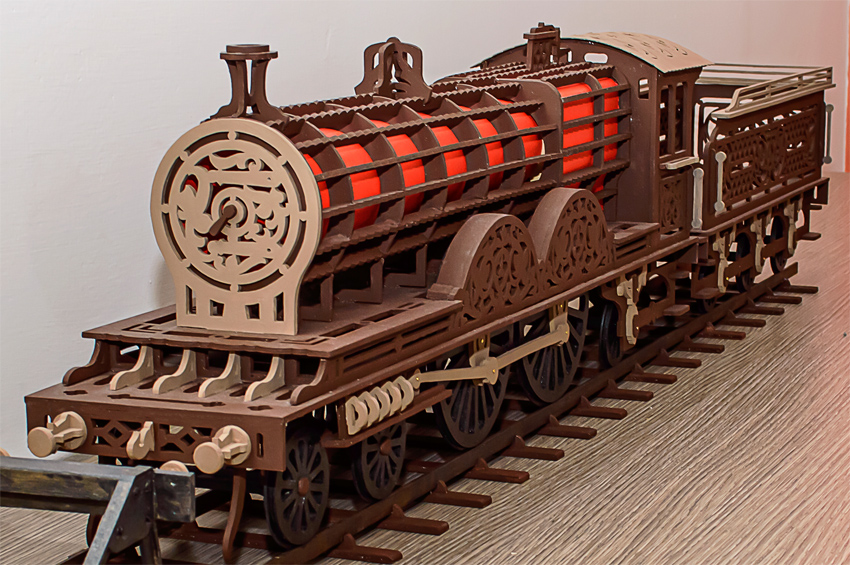 |
|
This picture has been kindly sent by Giovanni Iazetta from Italiy. |
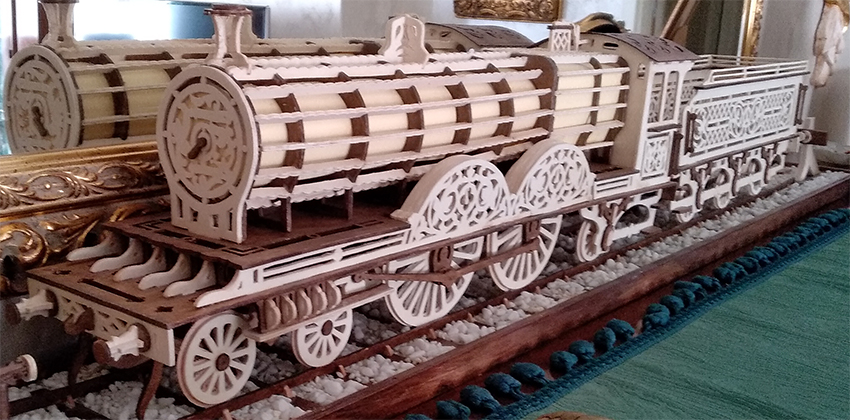 |
|
This picture has been kindly sent by Claudio Della Croce from Italiy. |
|
Site Map General: Home - Scroll saw examples - Free patterns 1 - Free patterns 2 - Free patterns 3 - Patterns for sale - Historical books - Shopping recommendations - Hegner review - Questions and answers - Links Scroll saw tutorials: Medusa box - Security box - Egg clock - Eiffel Tower - Sun clock - Washington box This site uses the cookies Doubleclick, Statcounter and Google Adsense to improve the user experience. You can delete these and all other cookies or to block its use from the options menu of your browser. Cookies are harmless text files used by all web sites. |
